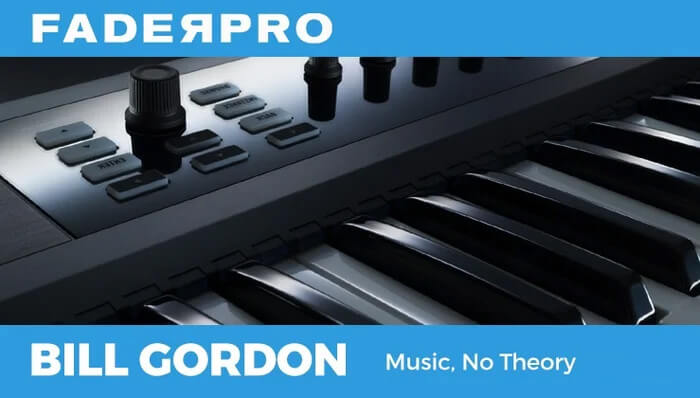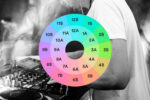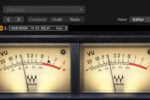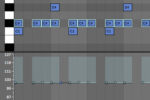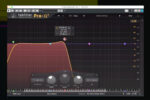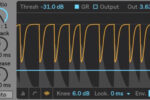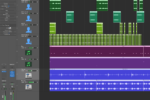What is a Diminished Chord?

Learn how to construct diminished chords and integrate them in electronic music production
As music producers, it’s crucial to familiarize ourselves with various chord types to build tracks with a strong harmonic foundation. MajorDiatonic harmony serves as the home for the happy (major) and sad (minor) harmonic colors we often choose when determining a song’s key.
Within major harmony, we encounter triads, three-note chords formed by stacking alternating notes from different scale starting positions. Major triads emerge on the first, fourth, and fifth scale degrees, while minor triads grace the second, third, and sixth scale degrees. Additionally, there’s the off one out: the diminished triad, constructed by stacking notes from the seventh scale degree of the major scale.

A diminished chord is known for its tense and dissonant sound. The diminished chord is symbolized by “dim” or a small circle with a diagonal cross through (∅). However, understanding how to use this chord in context goes beyond its notation. In this article, we aim to shed light on what a diminished chord is, explore its construction and delve into how iconic songwriters incorporate them into their compositions.
What is a diminished chord?
The diminished chord incorporates the second (or ninth) note and the fourth (or eleventh), resulting in a root, flat three, and flat five interval relationship. For instance, if played from C as the root note, we’d get C, E-flat, and G-flat as a diminished triad.
One way to conceptualize the diminished chord is as three notes stacked in minor third intervals (ie, a gap of three semitones, twice). Taking the diminished triad and adding another minor third on top results in a diminished seventh chord. This chord structure contains two tritone intervals within the chord, creating a heightened sense of tension that longs for release.
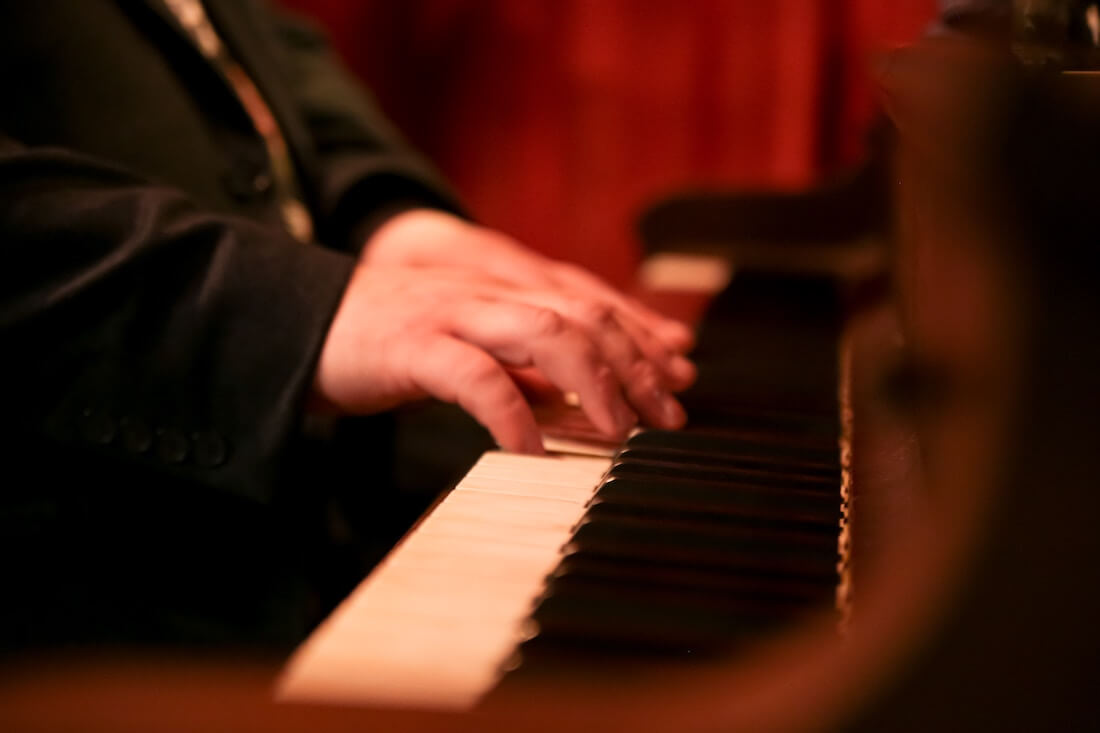
By adding the fourth stacked minor third, the diminished chord builds a structure that can continuously stack minor thirds, generating repeating notes and re-spelling the chord in a higher range. Consequently, a full diminished chord shape can be moved around in minor third intervals.
Moving the diminished chord structure in minor thirds rearranges the notes and produces the same chord in higher or lower ranges. Shifting this shape around creates a harmony that grows in tension the longer it lingers in the diminished tonality.
The role of the diminished chord
The diminished chord serves two distinct roles in music. Firstly, it can function as a passing chord, seamlessly connecting two other chords and often positioned between the lowest notes of the pair.
Elton John’s Bennie and the Jets employs this technique by inserting a diminished chord between the first and third chords (G, G#dim, Am). Elton’s introduction of this chord between G and Am adds weight to the latter’s chord change. It acts as a fleeting departure from the track’s major harmony, injecting tension and a new emotional feeling to the track.
The second role involves substituting the diminished chord for a dominant or seventh chord, a characteristic sound familiar in blues progression where all chords are dominant (I7, IV7, V7). By placing the root note of the diminished seventh chord one semitone above a dominant seventh chord, they share an identical note structure, except for the first note. The diminished chord’s first note functions as a flat nine, a more tense note than the dominant’s root note, spelling out the upper structure of a more complex dominant chord.
Consequently, the diminished seventh chord can effectively substitute for a dominant chord by playing it a semitone above the dominant’s root – heard in Brazilian music by the likes of Antonio Carlos Jobim and Joao Gilberto.

Where else have I heard the diminished chord?
Diminished harmony, distinguished by its angular sound, is most prominently associated with genres like 30’s swing and neoclassical metal. While it may seem challenging to use as the tonal center of a pop song, the key is not to establish it as the primary home sound. Instead, it is most effective when used sparingly, strategically sprinkled into a chord progression to infuse propulsion.
Don’t get fooled into thinking a robustly produced kick and bassline alone will impart weight to a segment. In fact, the setup will more commonly dictate the subsequent impact. Placing the diminished chord strategically before a specific chord amplifies the gravity of transitioning to that new chord, thereby enhancing the overall musical experience.
Pop songwriters often employ the diminished chord as a kind of glue, facilitating the movement of chordal harmony away from the home key. This subtle inclusion helps maintain listener interest, preventing potential monotony that can arise from a fixed tonal center throughout an entire song.
Noteworthy examples of the diminished chord’s effective use can be found in various iconic tracks, such as David Bowie’s Life on Mars, Oasis’ Don’t Look Back In Anger, Billie Eilish’s when the party’s over, and the arpeggiated guitar line in Radiohead’s My Iron Lung.
Using diminished chords in electronic music
Commonly heard in shred metal guitar solos, the diminished chord delivers a distinctively tense and sound. It also offers a unique potential for sampling material in electronic music, as exemplified by artists like Oneohtrix Point Never.
Consider incorporating short chord stab progressions for a quick burst of diminished flavor into a well-balanced groove-based track. Introducing a diminished chord among these stabs adds a tasteful harmonic interest, offering a brief moment that introduces new harmony to the listener’s attention.
Experimenting with diminished arpeggio sequences can generate interesting melodic patterns. However, be wary, as excessive use of diminished elements may feel forced and jarring. Instead, aim for brief moments of subtle chordal and melodic incorporation, drawing inspiration from how the previously mentioned songwriters integrate diminished chords into their work.

The diminished chord is a potent and versatile tool that, when employed with taste, can infuse harmonic interest into a track and lend weight to particular chord changes. Using diminished harmony can sometimes feel like navigating a hall of mirrors due to the repeating minor third intervals, but never fear; with the information in this article you’ll be equipped for the journey. Onwards, brave explorer!
What’s next?
If this article has piqued your interest in learning more about music theory (without too much theory!) then you should check out Bill Gordon’s Music (No Theory) courses.
Bill taught at SAE Institute media school in Miami for nine years and wrote their music and music business courses. He presents song, performance, and music business workshops at a wide variety of schools in the U.S. and Europe, and has published the DIY textbook It’s Music, Not Theory, Damn It! along with its companion online ear training course, as well as the online music course Music, No Theory.
